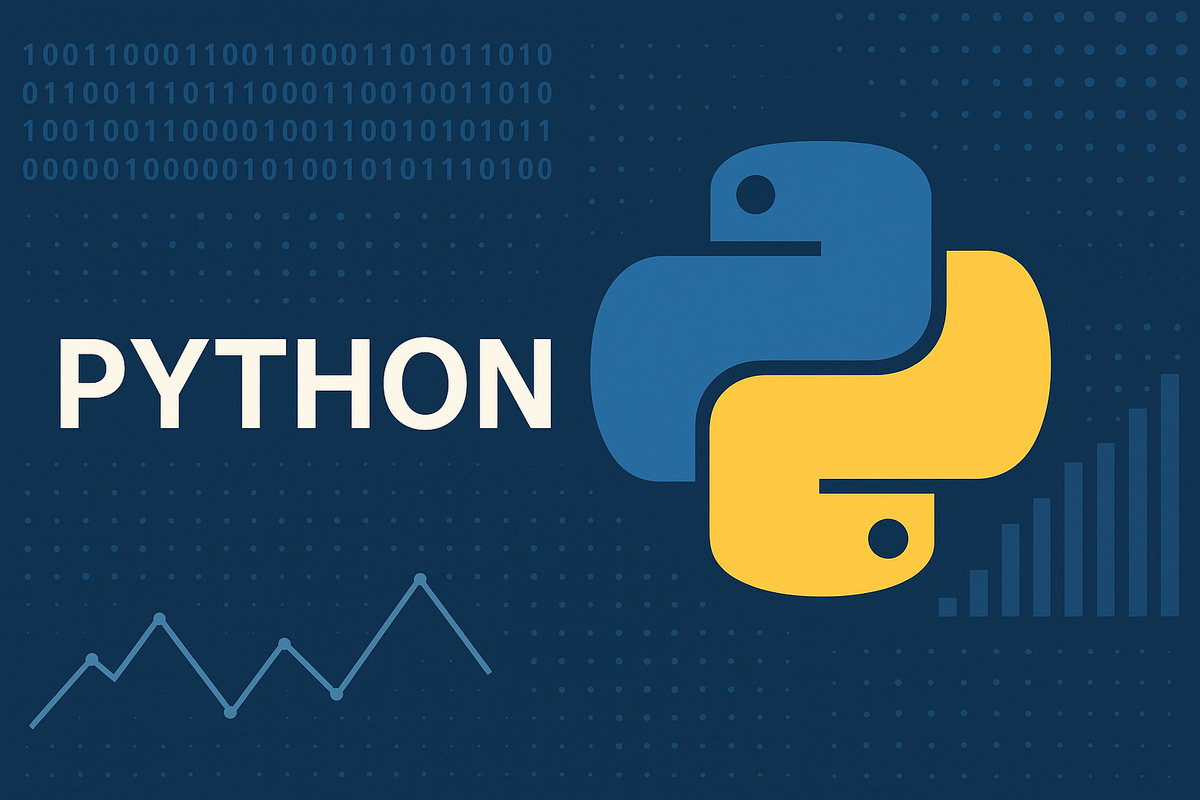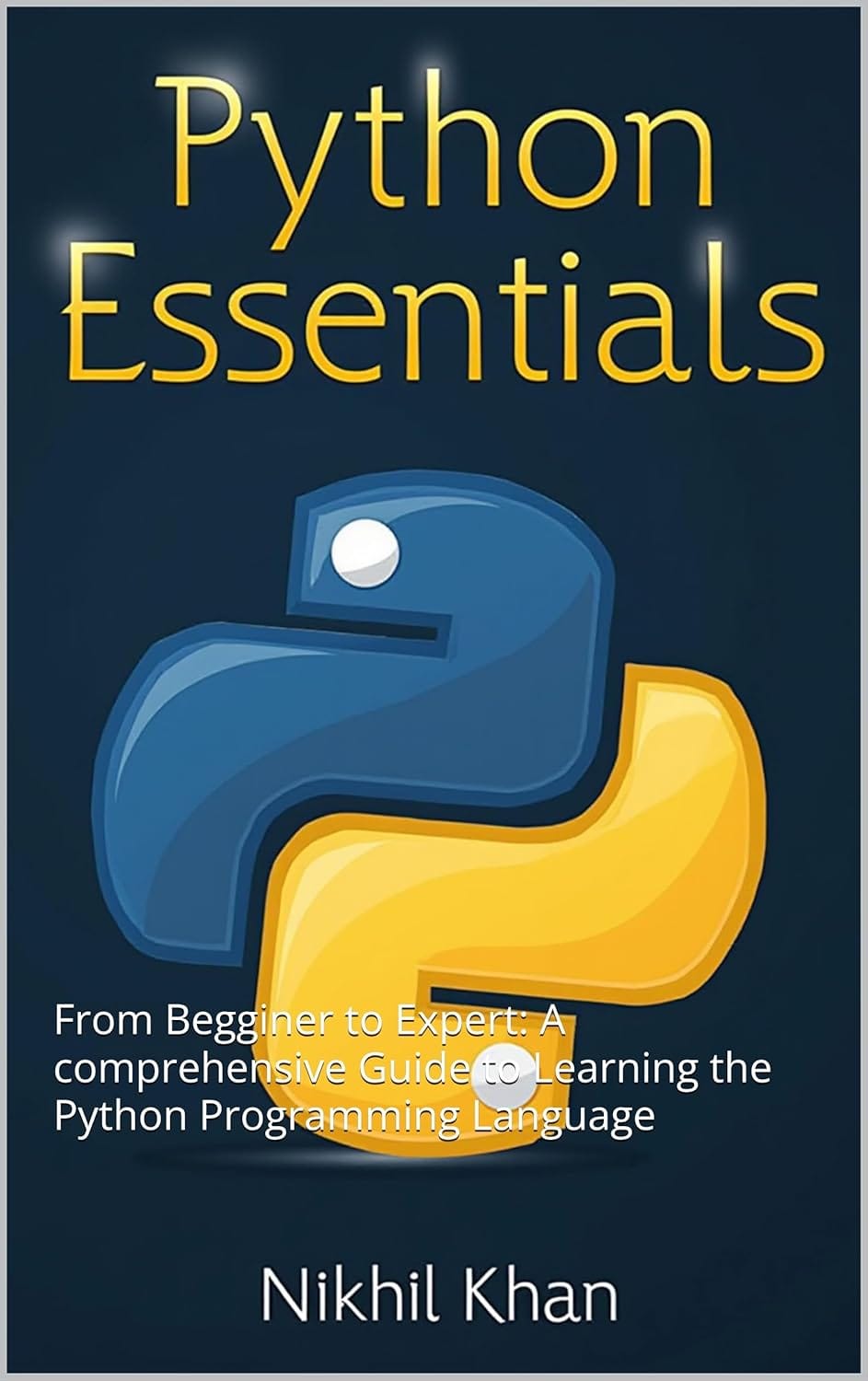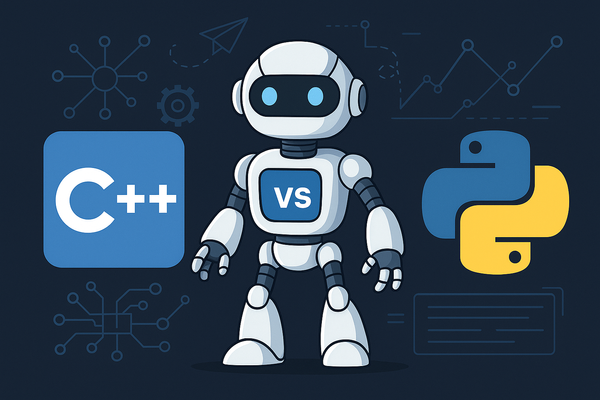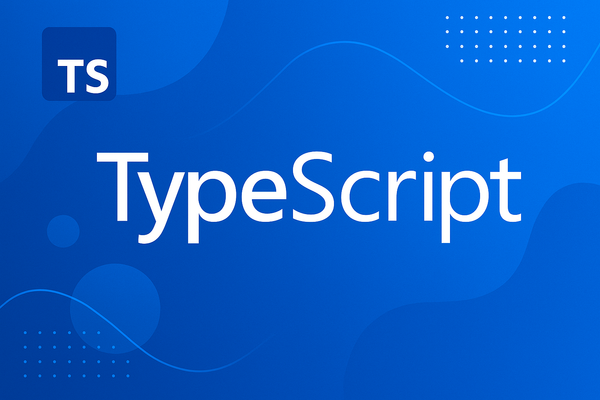Python: Your Ticket to the World of Data Science

When people think about the engine driving the modern data revolution, one word comes up again and again: Python. Once just another programming language, Python has skyrocketed to the top of the data science world. From Wall Street to Silicon Valley, from healthcare research to space exploration, Python has become the universal tool for extracting insights from data.
So why is Python the go-to language for data science, and why should you invest time in learning it?
Why Python Dominates Data Science
1. Simplicity and Readability
Unlike many programming languages, Python was designed to be intuitive. Its syntax feels almost like English, which lowers the learning curve dramatically. This makes Python perfect not just for professional developers, but also for analysts, scientists, and business leaders who want to interact directly with their data.
2. A Rich Ecosystem of Libraries
Python offers specialized libraries that turn raw data into actionable insight.
- NumPy: fast numerical computations
- Pandas: powerful data manipulation
- Matplotlib/Seaborn: data visualization
- Scikit-learn: machine learning
- TensorFlow/PyTorch: deep learning
This ecosystem means you don’t reinvent the wheel—you build on proven, optimized tools.
3. Flexibility Across Domains
Python isn’t just for statisticians. It’s used in finance, marketing, healthcare, climate science, e-commerce, and AI research. If your industry touches data (and every industry does), Python can give you an edge.
Your First Step: Playing with Data
Let’s look at a simple example. Suppose you have sales data and want to calculate the average order value. With Python and Pandas, it’s just a few lines of code:
import pandas as pd
# Sample sales data
data = {'order_id': [1, 2, 3, 4],
'amount': [250, 120, 340, 560]}
df = pd.DataFrame(data)
# Calculate average order value
avg_order = df['amount'].mean()
print("Average Order Value:", avg_order)
Output:
Average Order Value: 317.5
Instead of manually crunching numbers, you can let Python handle it instantly.
Visualization: Turning Numbers into Insight
Data scientists don’t just calculate—they communicate. Python makes it easy to create compelling visualizations:
import matplotlib.pyplot as plt
sales = [250, 120, 340, 560]
orders = [1, 2, 3, 4]
plt.plot(orders, sales, marker='o')
plt.title("Sales Over Orders")
plt.xlabel("Order ID")
plt.ylabel("Amount ($)")
plt.show()
In seconds, you’ll have a line graph that tells a story far more effectively than a spreadsheet table ever could.
The Career Edge
Demand for data science skills is booming, and Python is at the center of it. According to industry surveys, Python consistently ranks as the most in-demand programming language for data roles. Learning Python doesn’t just give you a skill—it opens doors to new career paths and industries.
Final Word
Python is more than just a programming language; it’s the passport to today’s most exciting careers. Whether you’re analyzing marketing campaigns, building machine learning models, or visualizing climate change data, Python is the tool that empowers you to turn information into impact.
If you’ve been waiting for the perfect moment to start learning Python, this is it. The world of data science is growing every day—jump in, and let Python be your ticket.




